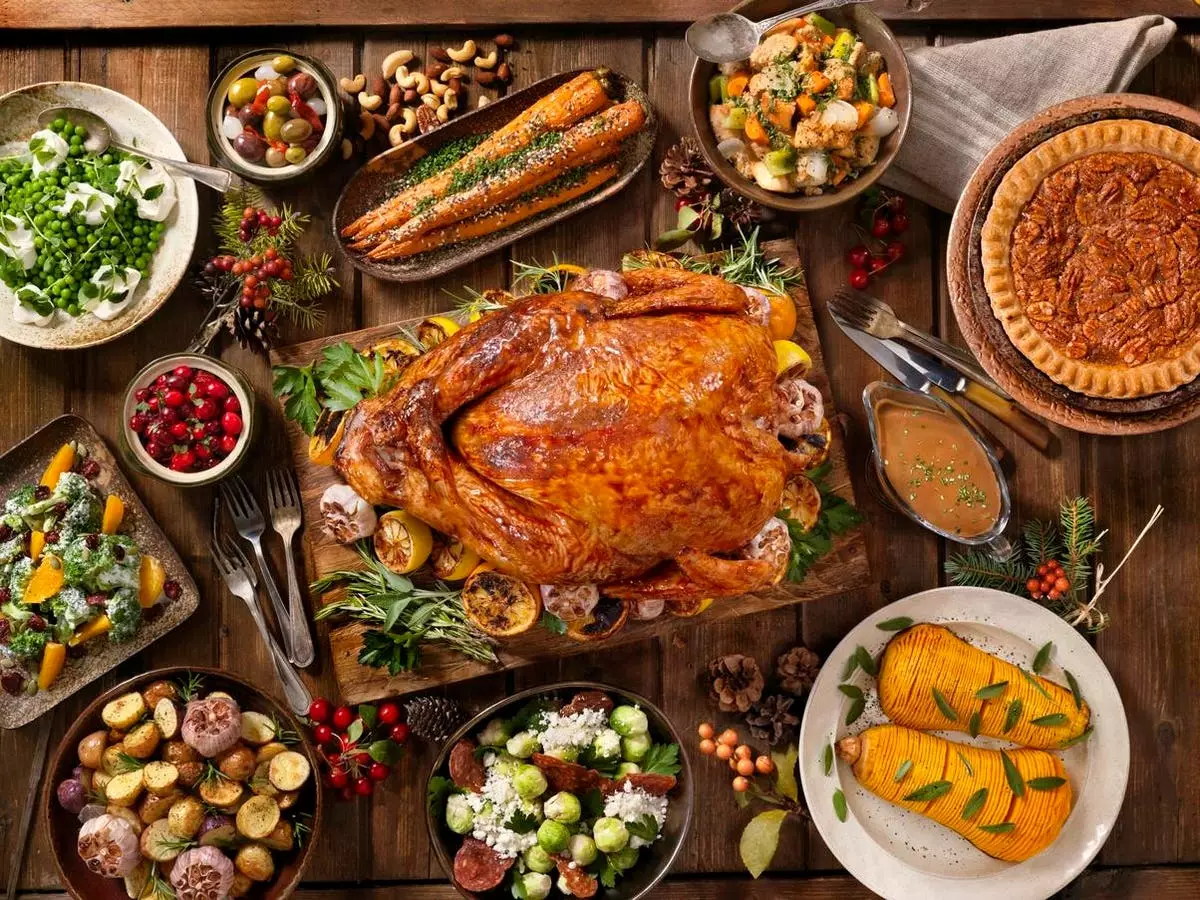In recent years, the traditional boundaries of Japanese cuisine and its beverages have begun to dissolve, allowing for a broader appreciation of sake. Once largely confined to the walls of Japanese restaurants, sake is now making inroads into non-Japanese dining establishments. This shift is exemplified in the menus of some of New York’s most celebrated restaurants, such as the Michelin-starred Per Se, Blue Hill At Stone Barns, and Eleven Madison Park. This trend signifies a growing understanding among food enthusiasts that sake is a versatile drink that can beautifully accompany a variety of dishes beyond sushi and ramen.
Chris Johnson, a prominent sake educator and national sales manager at World Sake Imports, highlights this expanding acceptance. He indicates that as consumers become more informed about sake’s compatibility with diverse cuisines, its sales in the United States continue to grow. Over the last two decades, the U.S. has emerged as the largest importer of Japanese sake, showing a staggering 240% increase in import quantity from 2012 to 2022. This remarkable surge points to shifting consumer preferences and a blossoming curiosity surrounding this ancient drink.
One notable characteristic of sake that enhances its food pairing versatility is its lower acidity compared to wine. This diminishes the constraints often associated with wine pairings. For instance, while zesty Sauvignon Blanc may complement certain foods, its high acidity can clash with others, particularly those with smoky or bitter flavors. In contrast, sake presents a far more forgiving profile, seamlessly adapting to various dishes without imposing its own characteristics.
Moreover, the absence of tannins in sake is a crucial point of distinction. In the case of heavy meats paired with robust red wines, participants often experience a build-up of tannins that can overshadow the initial enjoyment of the meal. Sake’s more rounded taste, instead, lingers gracefully on the palate, supporting and enhancing meaty flavors without overwhelming them. Chris Johnson aptly summarizes this difference, noting that sake can accentuate, rather than compete with, the overall dining experience.
Another compelling reason for the successful pairing of sake with diverse foods is its unique umami flavor, which is less common in wines. Sake is crafted from rice, water, yeast, and koji, which plays a pivotal role in converting starches into sugars during fermentation. This process fosters the emergence of umami, effectively acting as a bridge between the sake and a wide array of dishes, from hearty burgers and roasts to more delicate plates like grilled shrimp.
Masaaki Saito, a 27th-generation brewmaster from Hiraizumi Honpo Brewery, shares his insights on pairing food with sake. He emphasizes the importance of harmonizing acidity between dishes and sake for optimal enjoyment. His experiences have led him to discover that simple tomato-based dishes align harmoniously with the gentle acidity and umami present in his sake. This exemplifies how a careful balance can enhance dining experiences, regardless of the cuisine.
The journey of sake in the global dining realm is not merely about appreciation; it’s also about preserving a rich tradition. With the number of sake breweries in Japan plummeting from over 3,500 in the 1970s to around 1,000 today, the urgency to reinvigorate interest is palpable. Industry players like Daisuke Nakajima are passionate about sharing the heritage of sake with a global audience to ensure its survival.
Their collaboration in launching Boken Sake in the U.S. encapsulates a shared vision: to extend the appeal of sake beyond its traditional associations. By pairing sake with American dishes, from New England seafood delicacies to bold Texas barbecue, Nakajima and Saito aim to showcase the drink as an adaptable counterpart to a diverse culinary landscape.
For those intrigued by the idea of pairing sake with their meals, expert recommendations are invaluable. Whether it’s a festive Thanksgiving meal or a casual gathering, selecting the right sake can elevate the dining experience. Chris Johnson suggests exploring Yamahai Junmai for its umami richness, which provides a flexible foundation. For fried chicken, a refreshing sparkling sake or a lighter Ginjo will match the dish beautifully, while spicier meals, such as those found in Mexican cuisine, can benefit from the sweetness of a cloudy Nigori sake.
Various retail shops across the U.S. have begun to stock high-quality sake, making it accessible to an eager public. Stores like Sakaya, Bin Bin Sake, and Kuraichi offer a range of choices, encouraging adventurous pairings that can surprise and delight.
Sake is emerging as a versatile and exciting beverage that complements a vast array of cuisines. Encouragement from both industry leaders and an enthusiastic public will be key to ensuring that this venerable beverage flourishes in a contemporary culinary context. As we continue exploring new flavors and pairings, sake invites us to break the mold and expand our dining horizons.


Leave a Reply